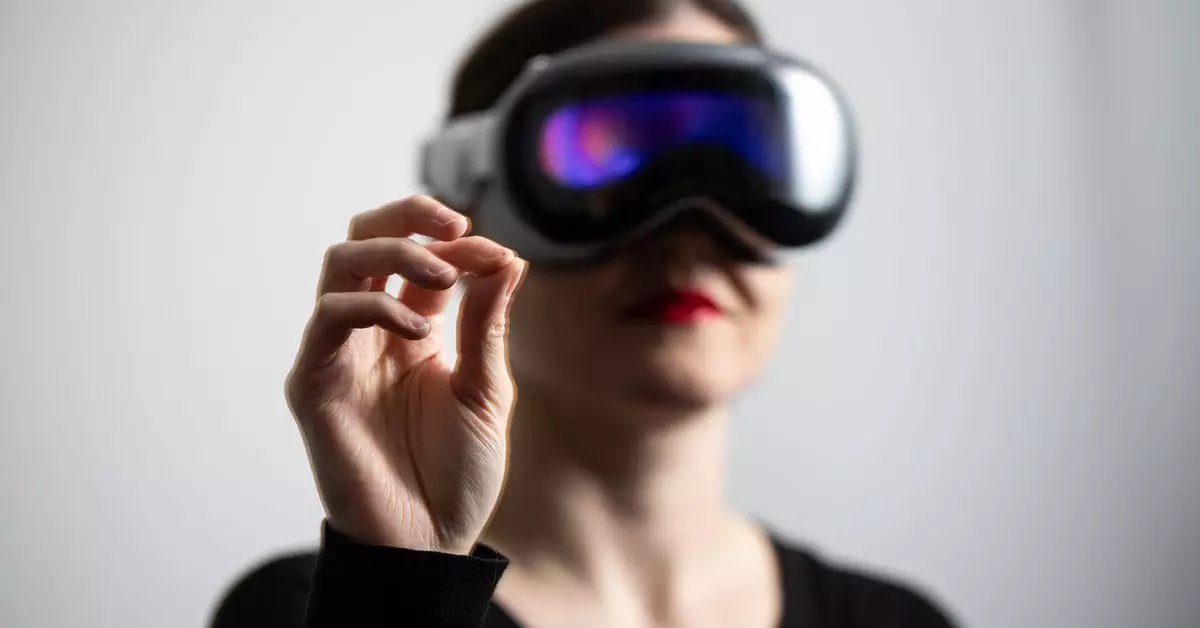Apple’s highly anticipated Vision Pro headset has hit a snag in its roadmap, with reports indicating a significant decrease in shipment forecasts for the remainder of the year. Analysts suggest that Apple has cut orders for the Vision Pro even before its launch outside of the US, signaling a shift in demand for the $3,500 device. The initial market consensus of 700,000 to 800,000 units has been revised down to only 400,000 to 450,000 units in 2024. This unexpected drop in demand has forced Apple to reassess its headset roadmap, potentially delaying the release of a lower-cost mixed reality headset beyond 2025.
Apple’s Vision Pro was lauded for its technical prowess and innovation, attracting early adopters with its cutting-edge features. However, despite the initial excitement, the device failed to maintain its appeal beyond the return period for many consumers. This unforeseen decline in interest has raised concerns about Apple’s position as a trendsetter in the industry. If the Vision Pro fails to meet sales expectations, it could have far-reaching implications for the broader VR and AR market. Analysts like Ming-Chi Kuo point to specific components, such as Micro OLED displays, that may struggle to gain widespread adoption for mass production in future devices.
Industry Ramifications
The underperformance of Apple’s Vision Pro headset underscores the challenges faced by companies pushing the boundaries of immersive technology. While innovation is crucial for driving the industry forward, it also comes with risks of consumer rejection and market saturation. Apple’s setback serves as a cautionary tale for other companies looking to enter the VR and AR space, highlighting the importance of balancing technological advancement with consumer demand. As the industry continues to evolve, companies will need to carefully gauge market trends and user preferences to avoid similar pitfalls.
Despite the obstacles encountered by the Vision Pro headset, Apple remains a key player in the technology landscape, with the resources and expertise to pivot their strategy in response to market dynamics. The company’s ability to learn from its missteps and adapt its product roadmap will be crucial in shaping the future of VR and AR technology. While the immediate future of a lower-cost mixed reality headset may be uncertain, Apple’s long-term commitment to innovation suggests that they will continue to push the boundaries of immersive experiences. As the industry recalibrates in the wake of Apple’s challenges, new opportunities for growth and advancement may emerge, setting the stage for the next wave of immersive technology innovation.


Leave a Reply